Wild Oats
- Grass (Poaceae family):
- Avena fatua L.
- EPPO code:
- AVEFA
Species information
- Lifecycle:
- Annual.
- Propagation:
- Reproduces by seed.
- Emergence:
- Typically, wild oats emerges in the spring, but timing of emergence is widely variable due to differences in soil texture, topography, moisture and temperature.
- Habitat:
- Wild oats is most commonly found in areas of the province where spring cereals figure prominently in the crop rotation. It is less common in crop rotations with corn and soybeans, mainly due to seedbed preparation timing and effective herbicide use.
- Competitiveness:
- When densities approach 280,000 plants/ac, spring cereal yield losses can be as high as 25%. Of more concern is the fact that the seeds of wild oats are difficult to separate from harvested cereal grain.
- Resistance:
- There are wild oats populations in Ontario that are resistant to Group 1 (for example, fenoxaprop-p-ethyl) herbicides.
Identification clues
- Auricles:
- None.
- Ligule:
- Membranous.
- Leaf blade:
- Wild oat leaf blades are hairless. Young seedling leaves will twist counterclockwise, which differentiates it from other cereal plants that twist clockwise instead. Leaf blade margins have a series of short hairs, particularly close to their base.
- Leaf sheath:
- Leaf sheath and leaf sheath margins are generally hairless.
- Stem:
- Round
- Seed heads:
- Wild oats seed heads are large panicles with slender branches and spikelets. They have two large, papery glumes, which usually contain 2 to 4 seeds.
- Roots:
- Fibrous.
Often mistaken for
I know it's not Volunteer cereals because generally, wild oats grows in patches. The weed’s young seedling leaves twist in a counterclockwise manner, while the young seedling leaves of most cereal plants do not. Instead, they twist clockwise. Wild oats does not have auricles, whereas wheat, barley and triticale do.
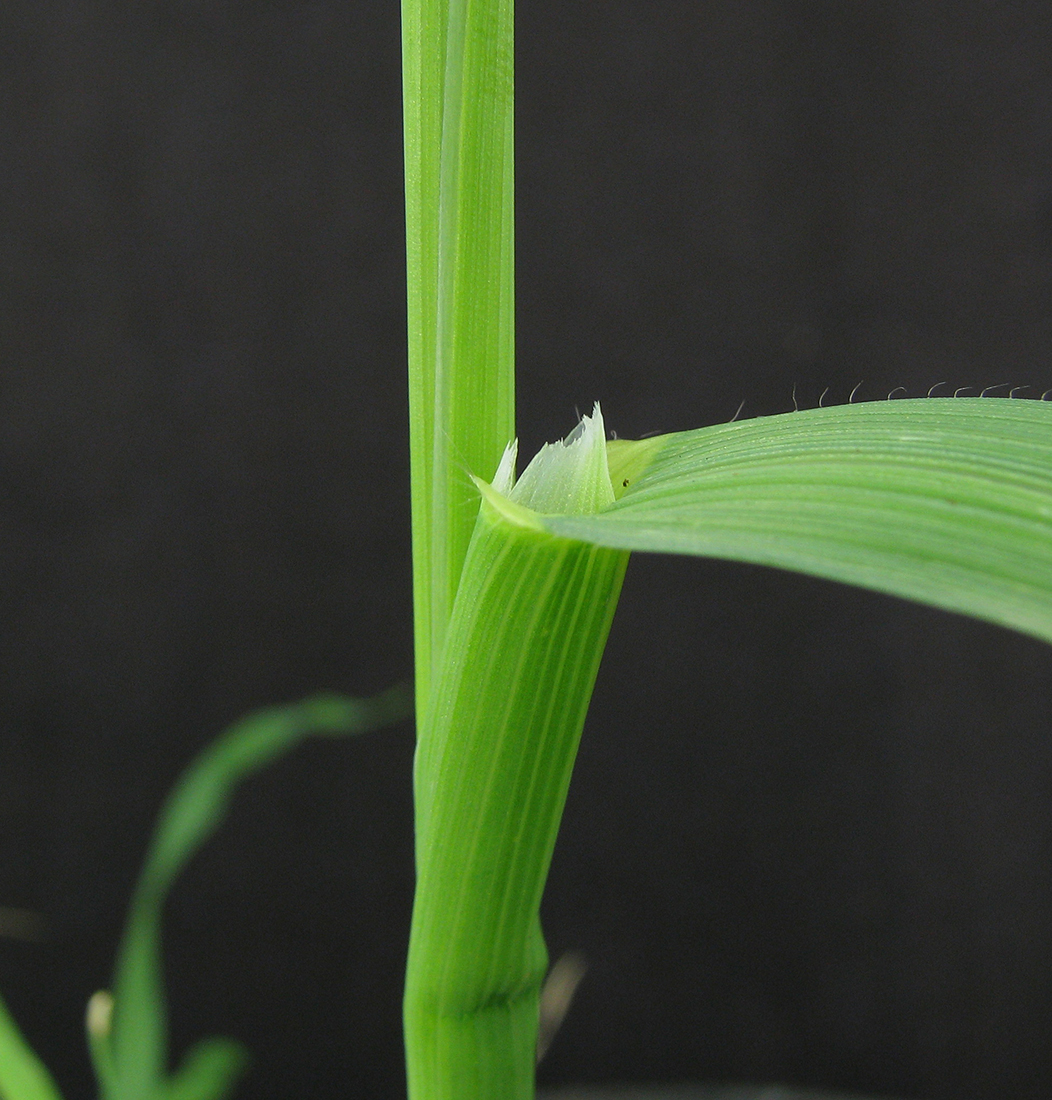
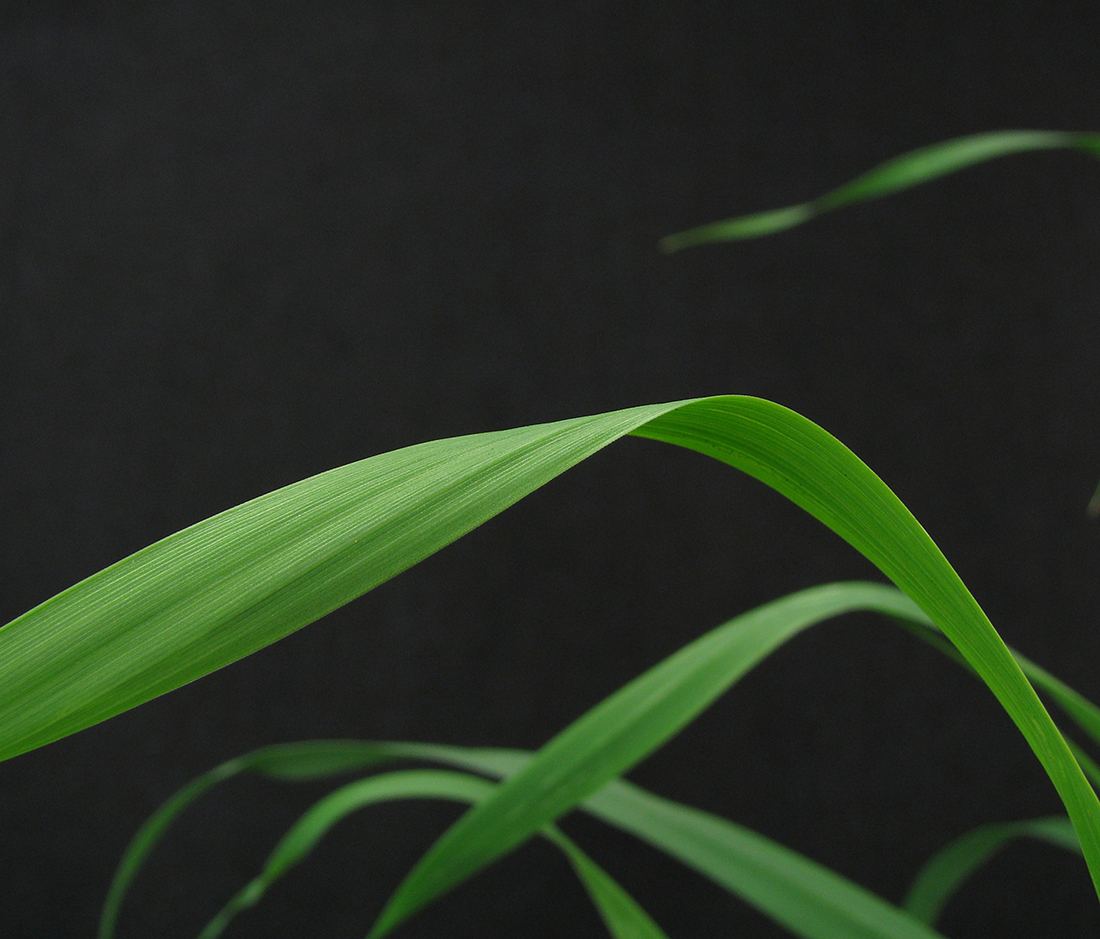
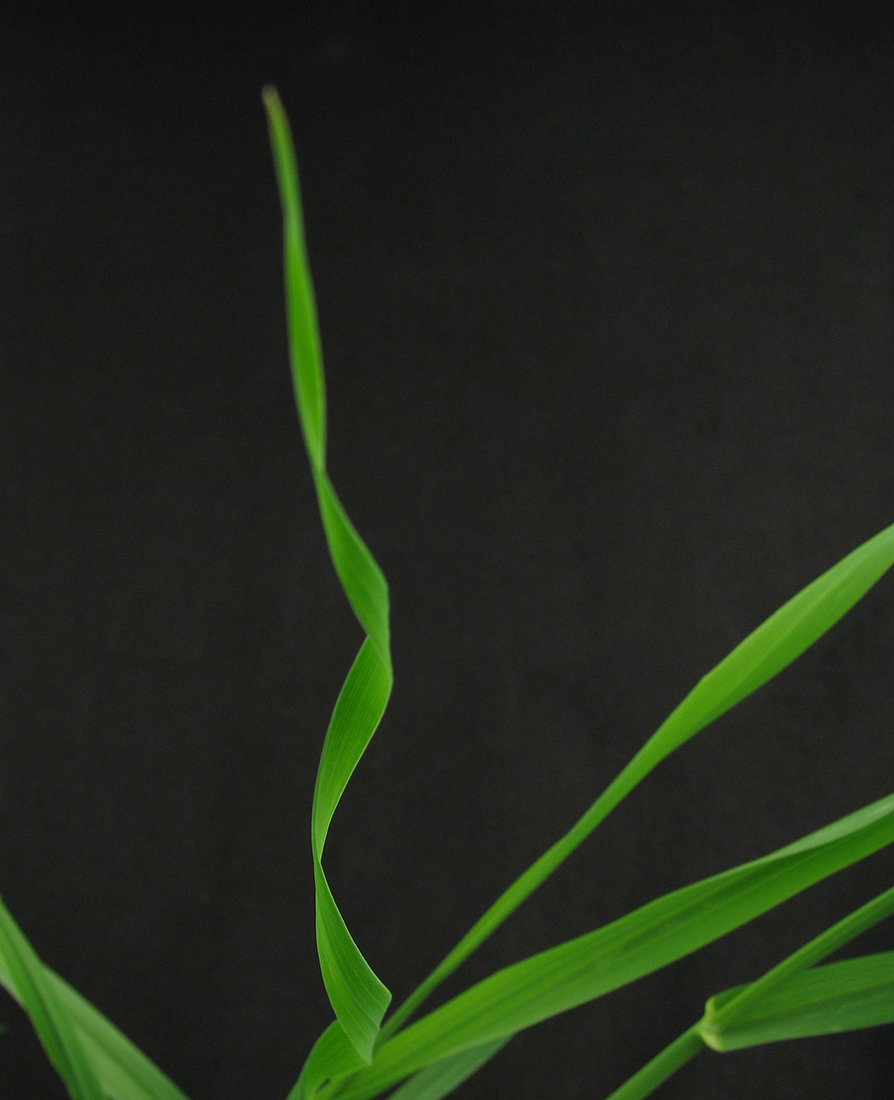
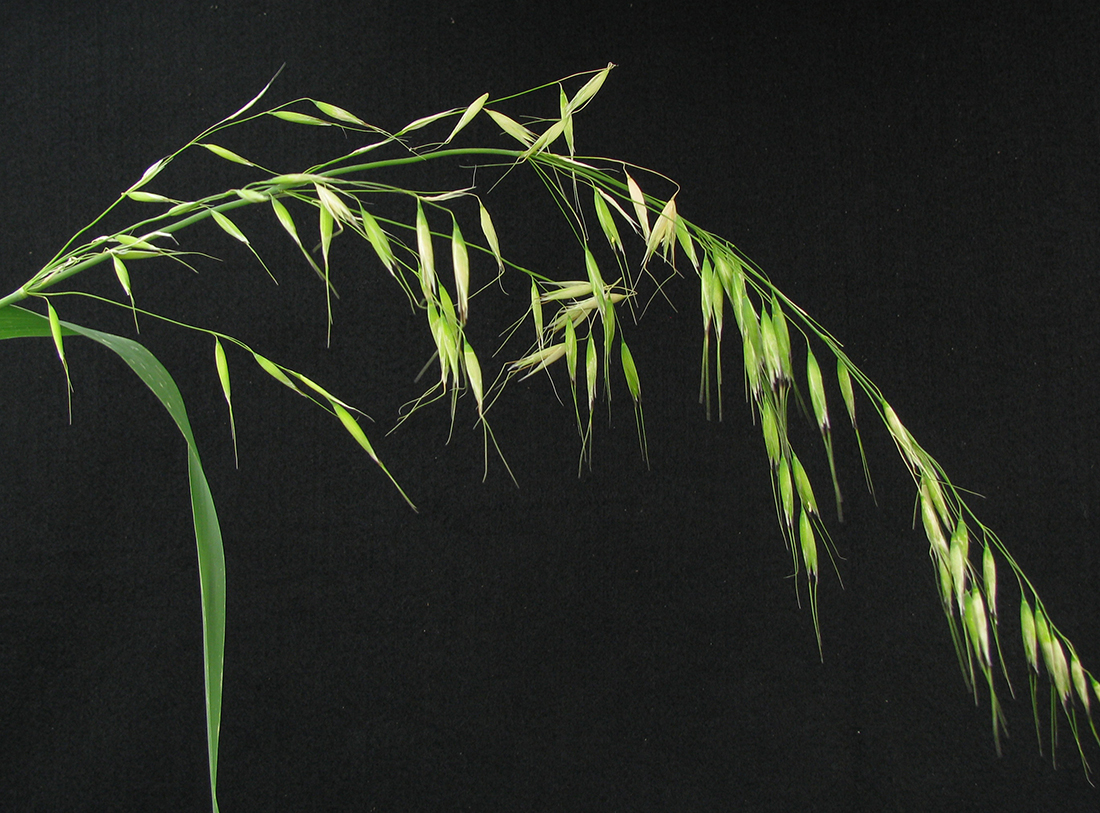
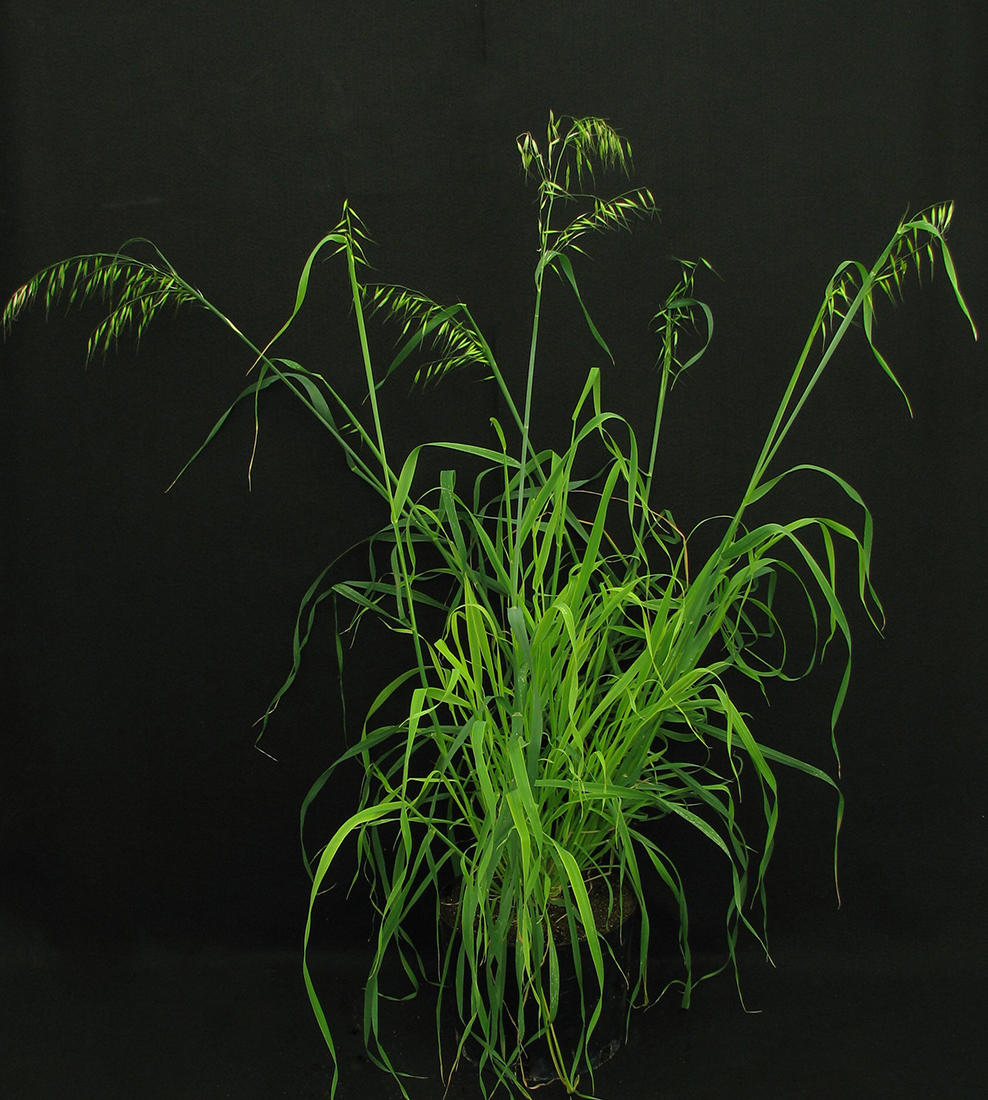
Updated: August 14, 2023
Published: January 13, 2023